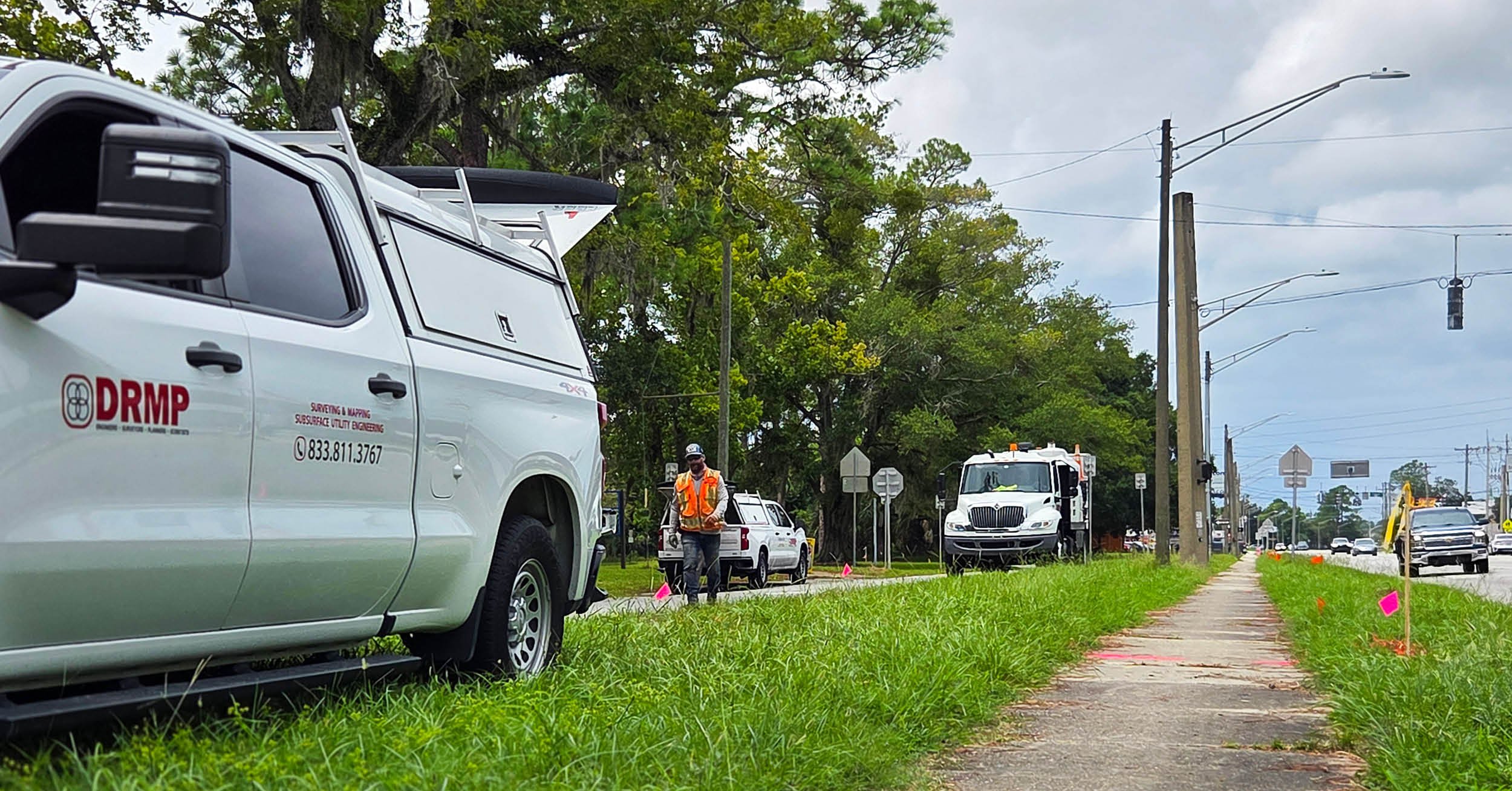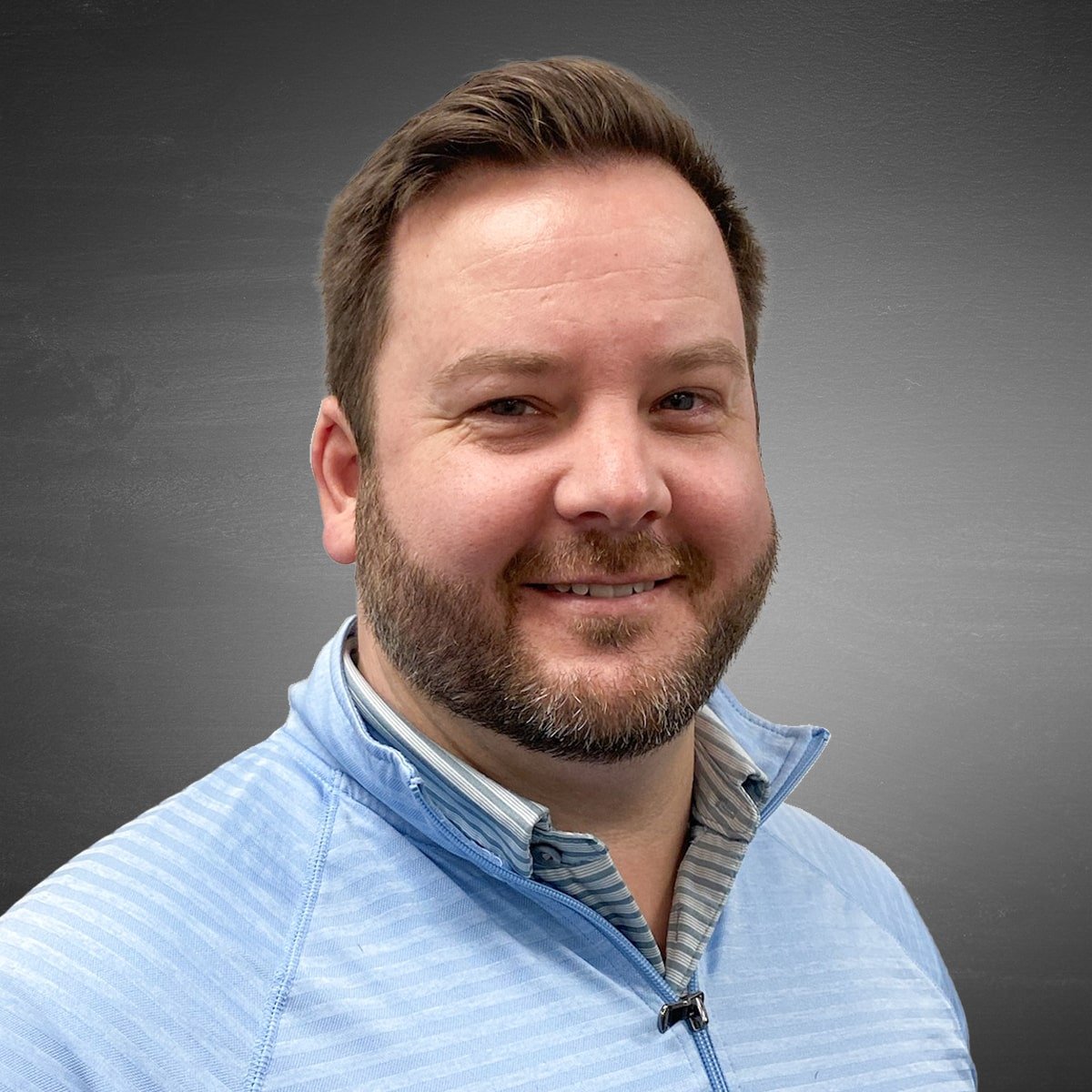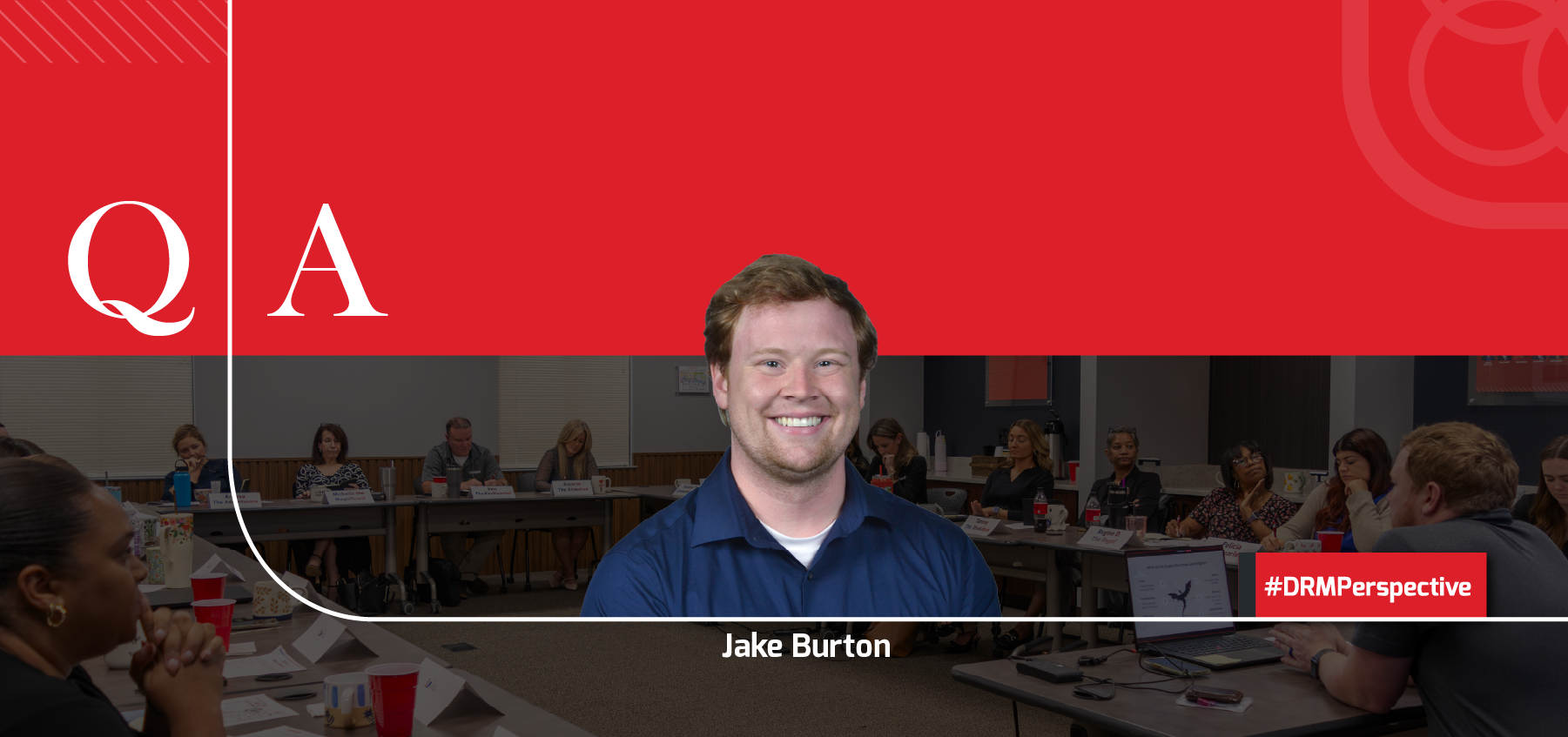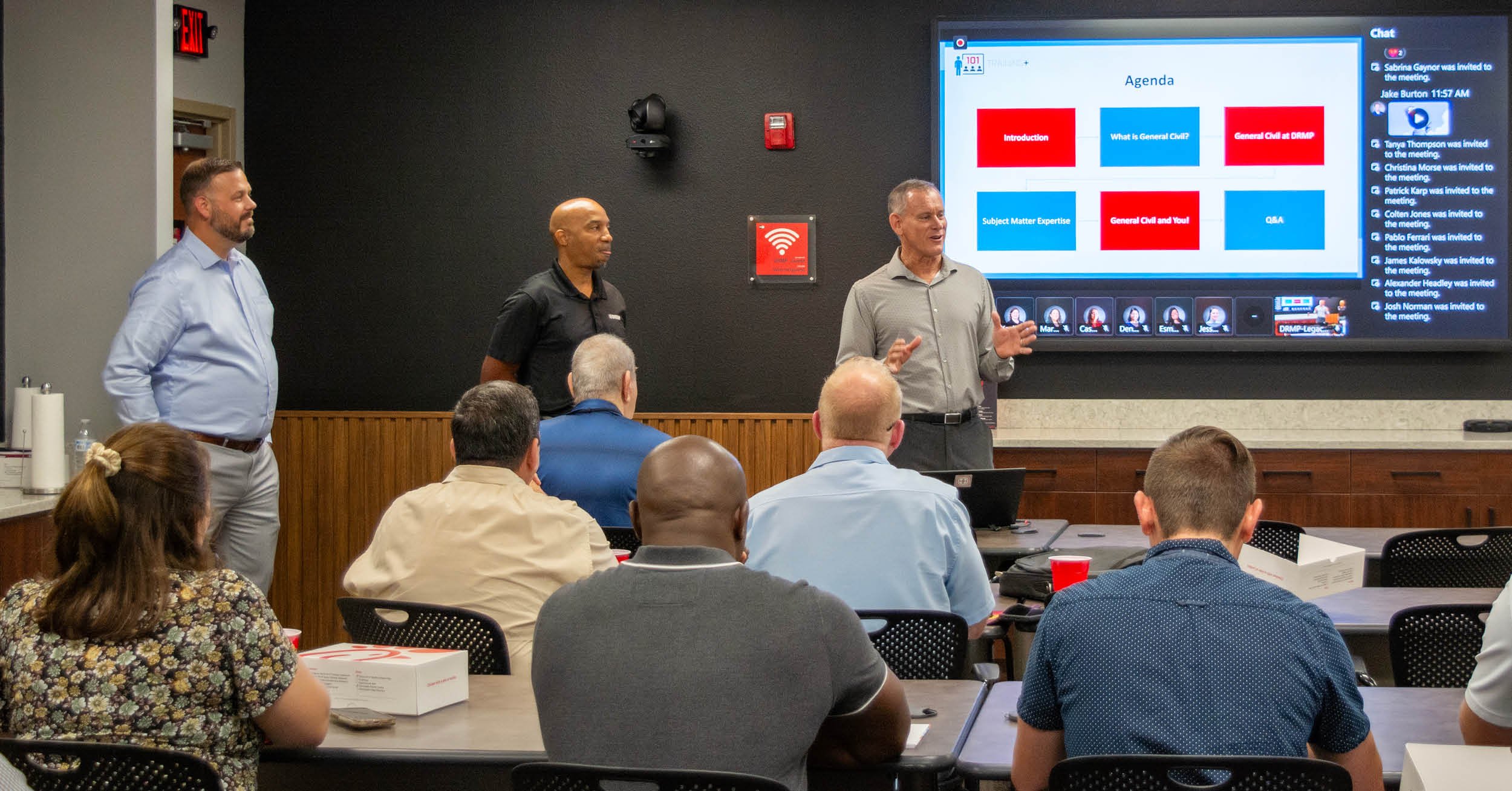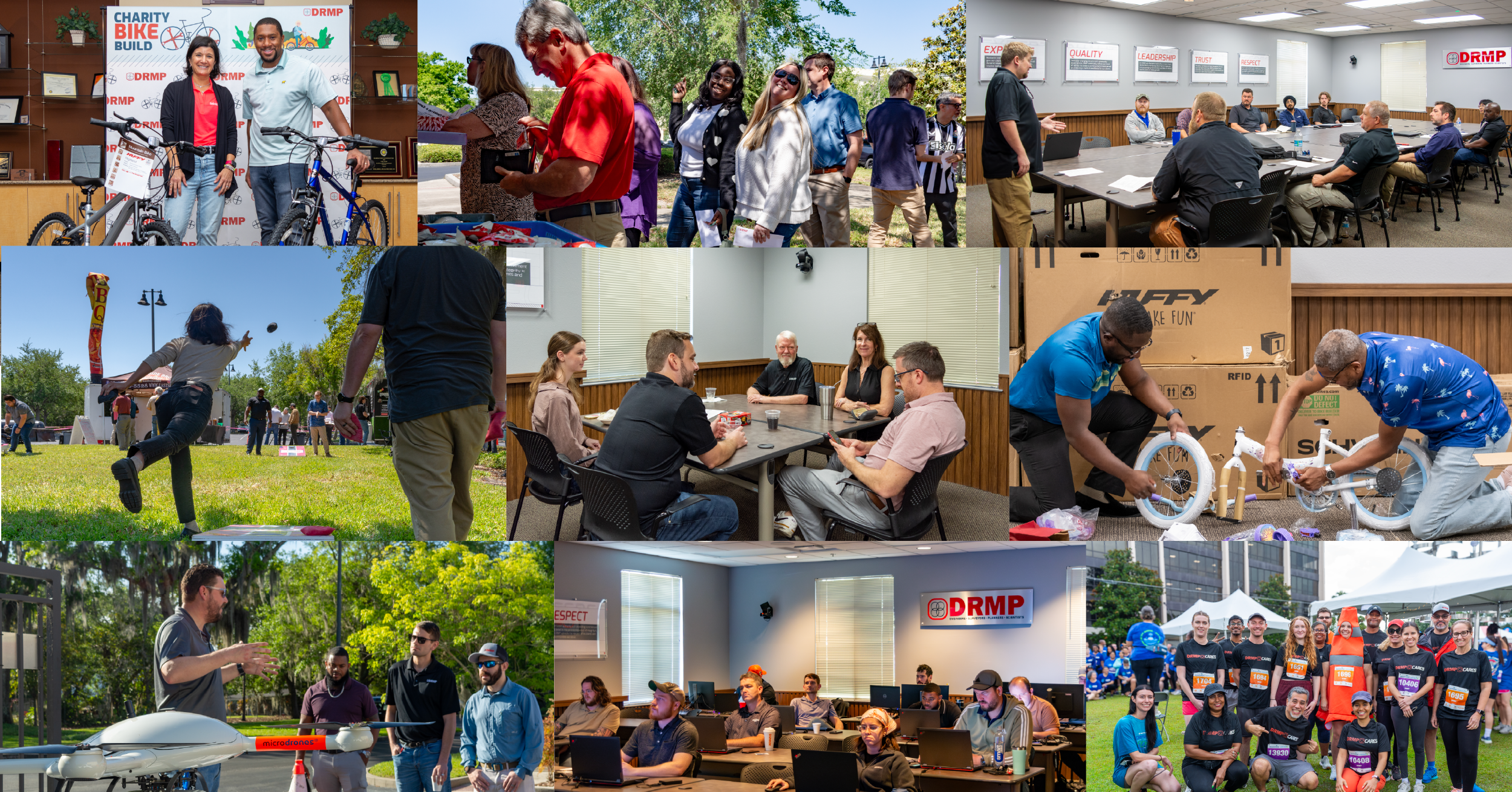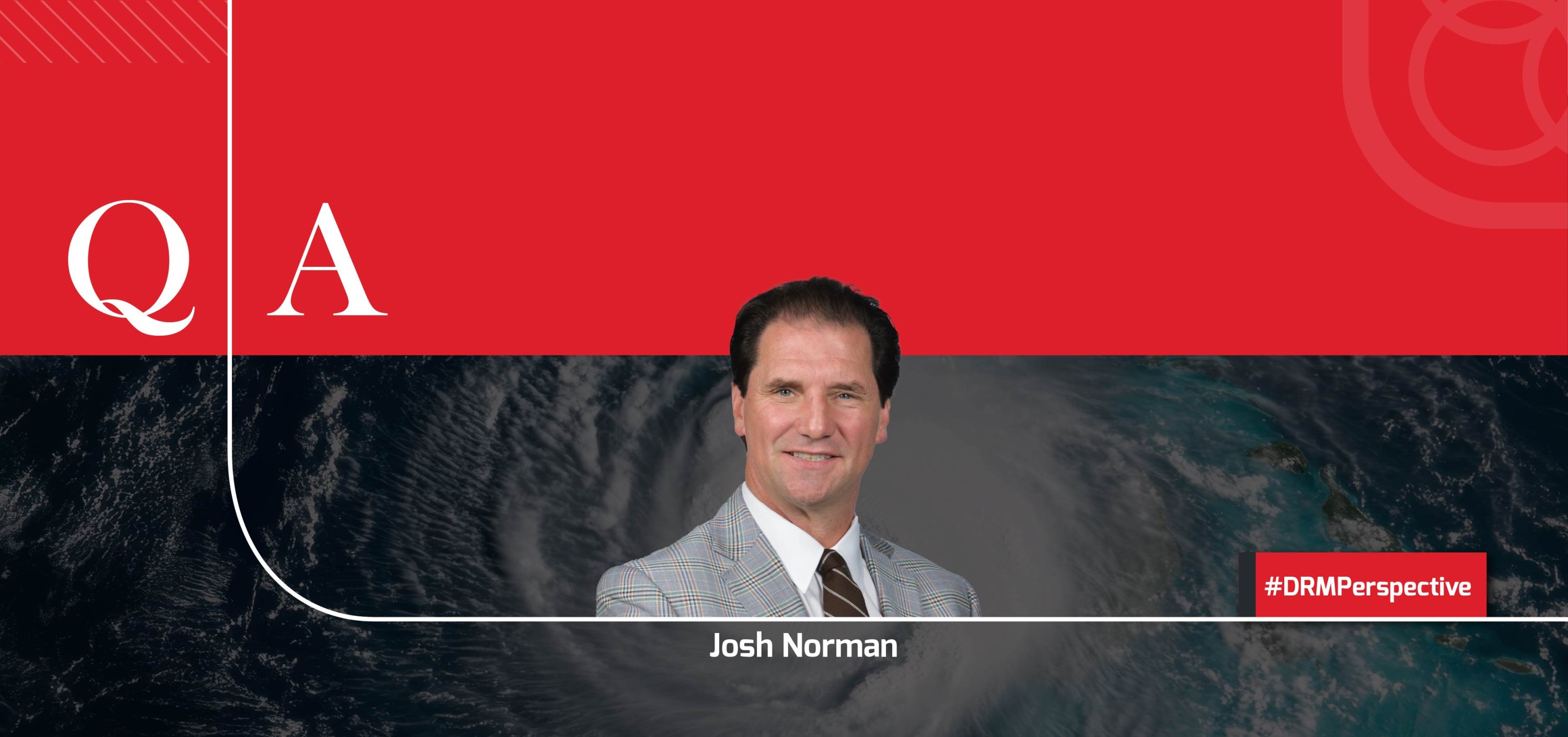Discrepancies between utility records and what’s actually in the ground aren’t rare. If you’ve been doing Subsurface Utility Engineering (SUE) work long enough, you expect it. Most of the time, you adjust and move on. The difference with SUE isn’t whether you find discrepancies – it’s how you interpret them.
True SUE is built on connecting what’s documented with what’s real, using experience-driven judgment to decide when something doesn’t add up. That judgment, applied consistently across the process, is what protects clients, budgets, and design integrity long before construction begins.
That lesson was reinforced during DRMP’s SUE work on the Florida Department of Transportation (FDOT) SR 212 (Beach Boulevard) Signalization and Lighting Improvements project in Jacksonville. This project aims to improve traffic flow and pedestrian safety along a busy stretch of road. Before any of the infrastructure improvements can happen, our SUE team must confirm that the underground utilities are where they’re supposed to be. This application of professional judgment prevents surprises later, such as hitting unexpected lines or needing to move utilities unnecessarily. DRMP’s SUE expertise also makes job sites safer for workers and helps engineers avoid costly design errors and potential legal issues.
What could have been dismissed as a small difference between what the records showed and what we found in the field became a reminder that the data we receive is only as reliable as the judgment applied to interpreting it. We discovered a mismarked gas main, avoided false relocations, and saved the design team from costly surprises in construction.
The Moment Things Didn’t Line Up
Records showed the gas main was located near the edge of the right-of-way. However, during DRMP’s initial investigation, our designating effort placed it about 15 feet closer to the road than expected. At first, this didn’t raise any red flags. But when we noticed something unusual with the signal readings, we returned the next day to take a closer look.
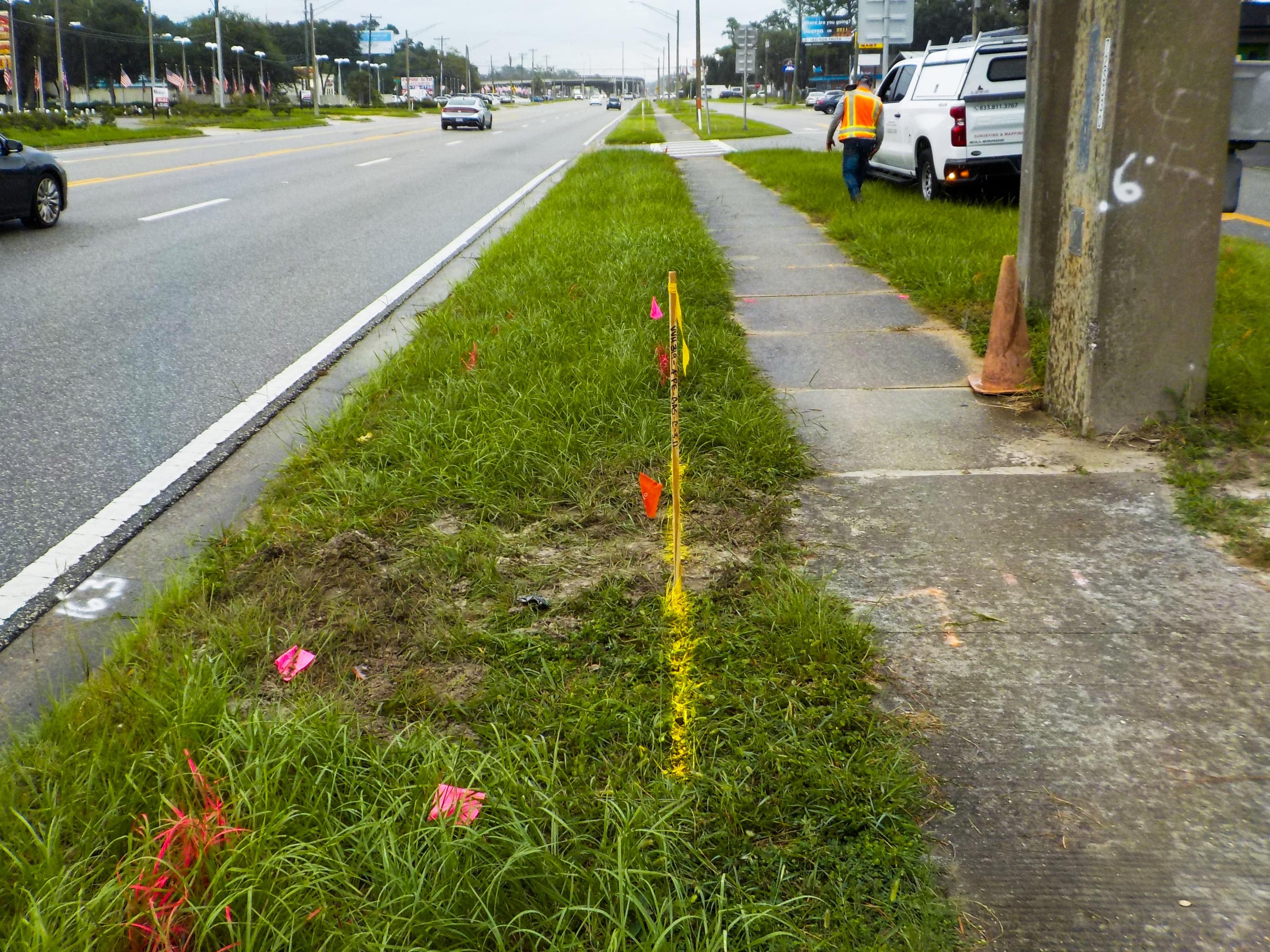
The signal we were tracking was weak and didn’t match the expected behavior for a gas line. It also didn’t terminate at end point, line up with utility markings, or the existing records. To verify, DRMP reopened the test hole. After further inspection, we involved the utility owner, TECO Peoples Gas. Their technicians confirmed that what we verified in a second location was not the gas main.
We regrouped and reassigned crew members to trace the gas line again, starting from the last location where we had a strong, reliable signal. By doing this, we were able to reestablish a clean path and follow the gas main’s actual route. We verified several sharp turns and a change in pipe material along the way, via additional excavation, which helped explain the earlier confusion. Ultimately, we confirmed the true location of the gas main was just 4 feet behind the curb.
Why It Matters
Had this gone unnoticed, the wrong utility would have been relocated, which means an unnecessary cost for the utility owner, delays to the project schedule, and a lot of last-minute scrambling once construction began. And that’s assuming the error was caught in time. By catching it early, we avoided those issues completely.
This is the part of SUE work that doesn’t always get attention – the slow, careful, behind-the-scenes work of comparing records, markings, and what you find underground. It’s not always obvious in the moment, but when it’s done right, everyone who relies on that information can move forward with confidence.
SUE is often described as a process – records, designating, locating, and data management. However, professional judgment is the glue that connects those components into a cohesive data set that clients and engineers can trust. That judgment isn’t defined by licensure alone; it’s the result of applied experience, critical thinking, and a refusal to accept assumptions at face value.
Relying on honed QA/QC practices to review the data at specific points with the appropriate level of personnel and experience is paramount to being able to identify discrepancies and taking steps toward resolution as early as possible. Determining ownership in congested areas requires more than a unilateral decision. It requires utility owner knowledge and engagement. Presenting utility owners with clear, defensible data and allowing for a response helps facilitate more accurate utility coordination efforts.
This project exemplifies what happens when judgment complements processes of proactive coordination, informed decision-making, and a strong QA/QC process at every step. It’s a reflection of the expertise, diligence, and teamwork at DRMP, and I’m proud of what our team delivered.
Albert Taylor serves as the Jacksonville Subsurface Utility Engineering (SUE) Leader for DRMP’s Survey and Mapping/Geospatial Market Sector.


